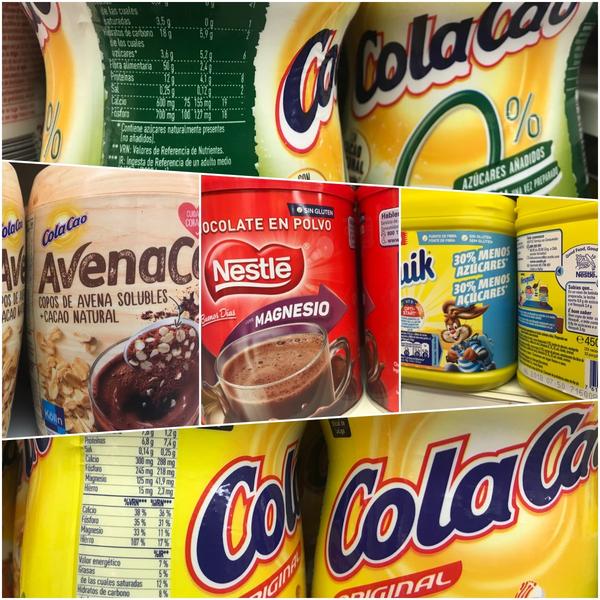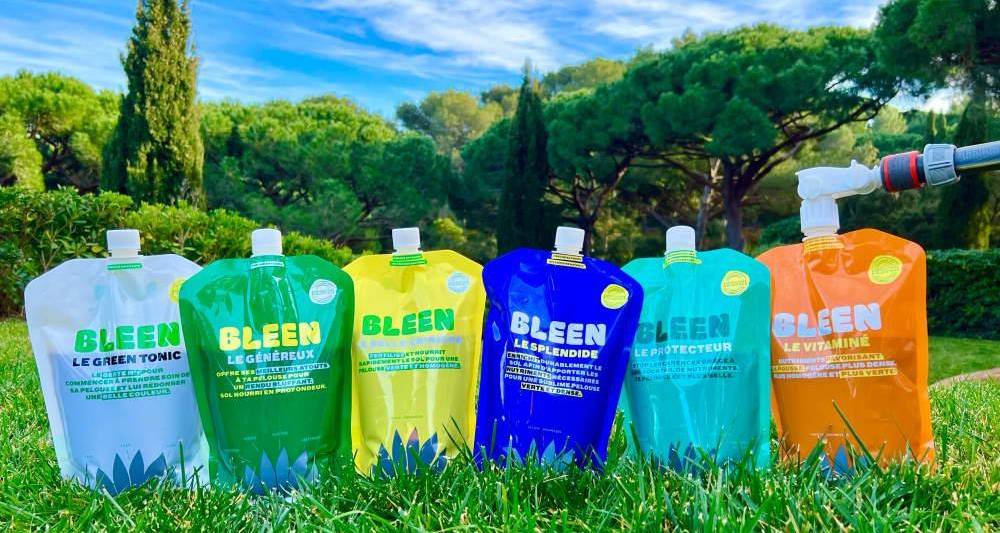What is the best cocoa powder | OCU
OCU compares more than 70 cocoa powders
Soluble, instant or powdered cocoa is part of many breakfasts and snacks. In the market we find a good number of products with different compositions and presentations. Do you want to know what differences there are between them? Or if the one you buy is more or less healthy than others from a nutritional point of view?
OCU has reviewed the labeling of more than 70 soluble cocoas, comparing their composition, to offer you answers so that you can make the right purchase in your next purchase.
Compare the main soluble cocoas on the market
We value the nutritional composition
To better understand the characteristics of these products, we have gone out to buy them in several supermarkets and then we have examined their labels or packaging. We have looked at its list of ingredients and nutritional information.
To help you distinguish those that in each category offer a better nutritional composition, we have taken the Nutriscore system as a reference. You have the results in our nutritional comparator.
Too much sugar
The sugar content of most soluble cocoas on the market is too high: and in many cases it represents 65% of the product. The problem is exacerbated in the products more oriented to children. Most of those products earn a D rating in the Nutriscore system. For OCU, this type of unhealthy product should not be advertised. However, children are exposed to a real binge from these ads: help us end this.
No to the advertising of unhealthy foods
Fiber content

Fiber content is not mandatory, which is why it is missing from many packages. We have had to ask the manufacturers to provide it to us in order to calculate the nutritional quality of these products. Fortunately, everyone has wanted to collaborate. Now all that remains is for all manufacturers to voluntarily be encouraged to show the proportion of fiber on the label so that all consumers know it without having to ask.
Nutritional information per 100 g, essential
Despite our request and the opinion of the Spanish Agency for Food Safety and Nutrition (AESAN), there are still brands such as ColaCao, Paladin or Dia that in some of their products do not indicate nutritional information per 100 grams of product, as established by Regulation 1169/2011. This information is given for 100 milliliters (ml) of that cocoa powder already dissolved in milk. In addition, the recipe varies from one product to another, even within the same brand: they may indicate different types and amounts of milk and cocoa.
The images of ColaCao Fibra (on the left) and ColaCao Complet (on the right) allow you to see it more clearly.
We do not know the reason for this lack of transparency, since their products would not be less valued than others on the market by giving the information per 100 g (and they do offer that information on the website). This data facilitates the comparison between brands, which is why the information per 100 g is never lacking in our nutritional comparator.
Different types of cocoa
The nutritional comparator includes different types of cocoa, classified into 5 groups, depending on the type of product or the target audience.
"Pure" Cocoa Powders
These products have an average cocoa content of 100%. They are the most expensive, but they also present the best relationship between quantity of cocoa and price.
Soluble cocoa powders
This is the largest group, and have an average cocoa content of 33%, but many go too far with sugar.Instant cocoa powders
No There is a legal distinction between soluble and instant cocoa powders. The use of one or the other name depends on the preferences of the manufacturers. The most notable of them is:
Cocoa powder in the cup
They are prepared to have a certain thickness, so that everyone incorporates flour or starch into their recipe. Some more features of this group:
Children's cocoa powder
Some products use packaging or messages that can be perceived as claims for children. Unfortunately, they are products with high sugar content, among the least healthy from a nutritional point of view, which is why most of them deserve a very bad grade in the sugar section:
For OCU, it is necessary to prohibit the advertising of unhealthy products, especially aimed at children and young people.
Cocoa: compare and choose a good product
Among the more than 70 products analyzed there are all kinds of cocoa. Many of them are unhealthy, with too much sugar... but the group of those who try to attract the adult public or those more concerned with eating "healthy" and "natural" is also beginning to increase.
In fact, among the more than 70 products that OCU has selected, there are 16% organically produced cocoa powder. And there is no shortage of cocoa enriched with vitamins and/or minerals (there are more than 12 of that type) or those "without added sugars" (almost one in four, although half of them have sweeteners that OCU considers to be "not recommended"). You will find all the information, product by product, in our comparator
Compare the main soluble cocoas on the market









3937